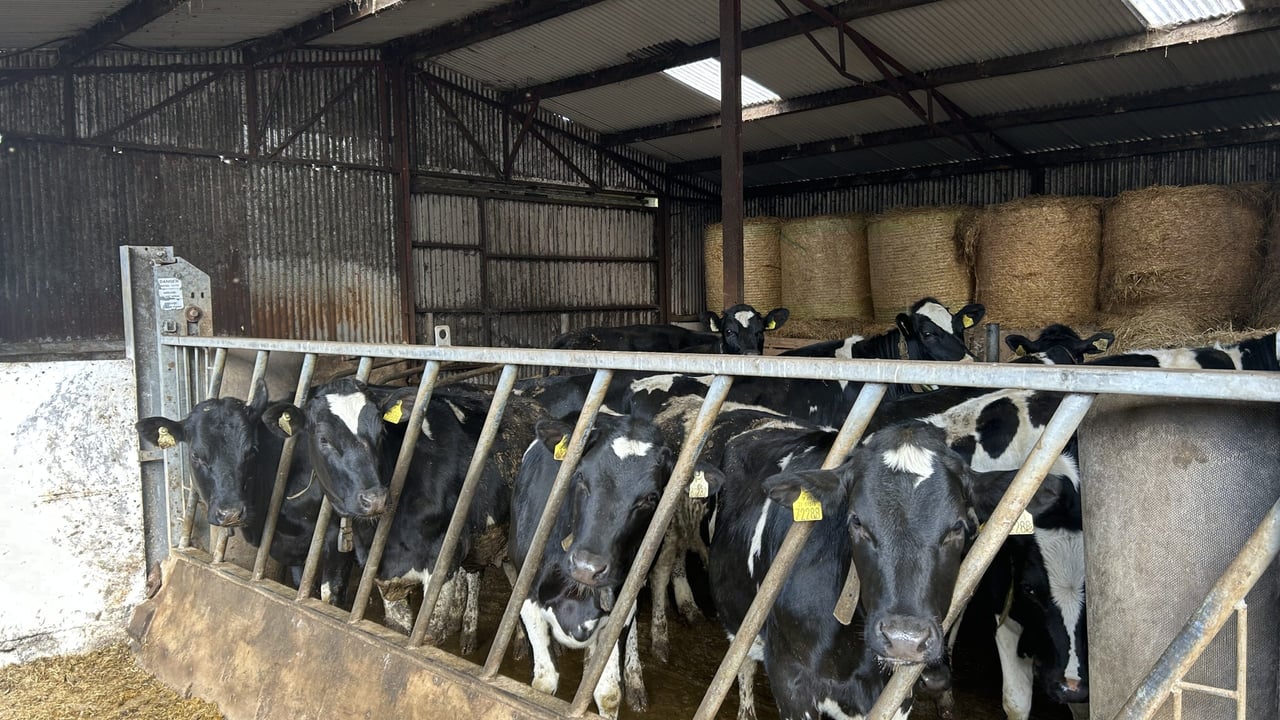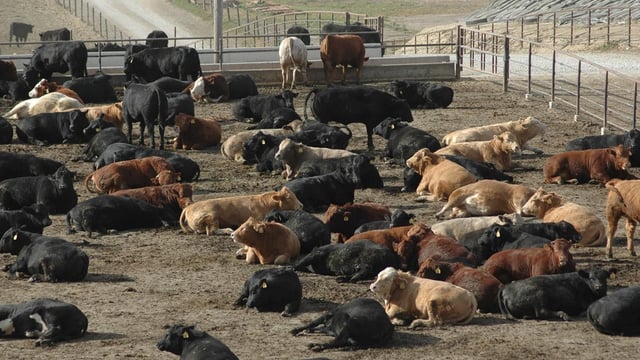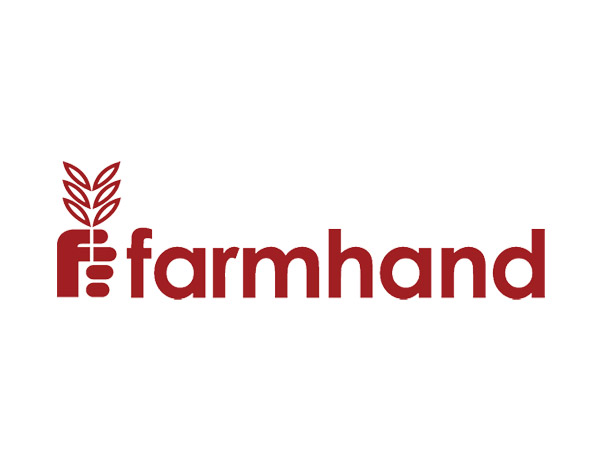Don't let heifer mastitis compromise the future dairy herd
Mastitis can cost farmers over €60/cow/year, so preventing heifer mastitis is crucial in maintaining a top-producing dairy herd.
Heifers that contract mastitis in their first lactation are seen to have reduced udder health, making them less profitable over the course of their lifetime.
Heifer-rearing already costs anywhere from €1,700-€2,300, depending on the input. Adding mastitis and lost production to that list is far from attractive.
No farmer wants their herd to get mastitis, but despite it being a difficult thing to prevent, there are steps that can help farmers reduce the risk.
Preventing heifer mastitis
Most farmers will only notice heifer mastitis when the heifer produces milk after calving, as the somatic cell count (SCC) will be abnormal.
Prior to this, you should be checking your heifers for mastitis when handling them for other reasons, as early detection and prompt treatment is crucial.
This is because most infections are subclinical pre-calving, but often turn into clinical mastitis in early lactation.
Pre-checking can also assist in getting heifers used to the parlour - you should also consider teat spraying in the weeks leading up to calving.
Farmers must put the time and money into upholding a high standard of hygiene on the farm.
Bedding is one of the most crucial aspects when it comes to udder health.
Ensure your cubicles are the right size to prevent dung gathering at the back.
Regularly clean out the cubicles, adding fresh bedding materials such as hydrated lime.
Ensure there is effective fly control measure in place, as flies can have a role in the development of summer mastitis even in non-lactating animals. Using a pour-on or spot-on solution is one of the most effective measures.
If the environmental conditions are sub-par, consider using internal teat sealants as a form of physical barrier in the teat canal to stop bacteria from entering.
First milking
Conditions such as udder oedema can be reduced by minimising the interval from calving to first milking.
During the calving season, reducing stress for the animals is critical. Moving or pushing them through the parlour should be kept to a minimum.
During her first week of lactation, be extra careful to ensure that all quarters are fully drawn out.
Keep milking intervals consistent to maintain a good milk let-down response and consider using a let-down hormone such as oxytocin if let-down establishment is slow.
When fresh replacement heifers are born, avoid feeding them with milk from previously infected cows, as there may be a risk that mastitis pathogens are transferred to the developing udders of young calves.





